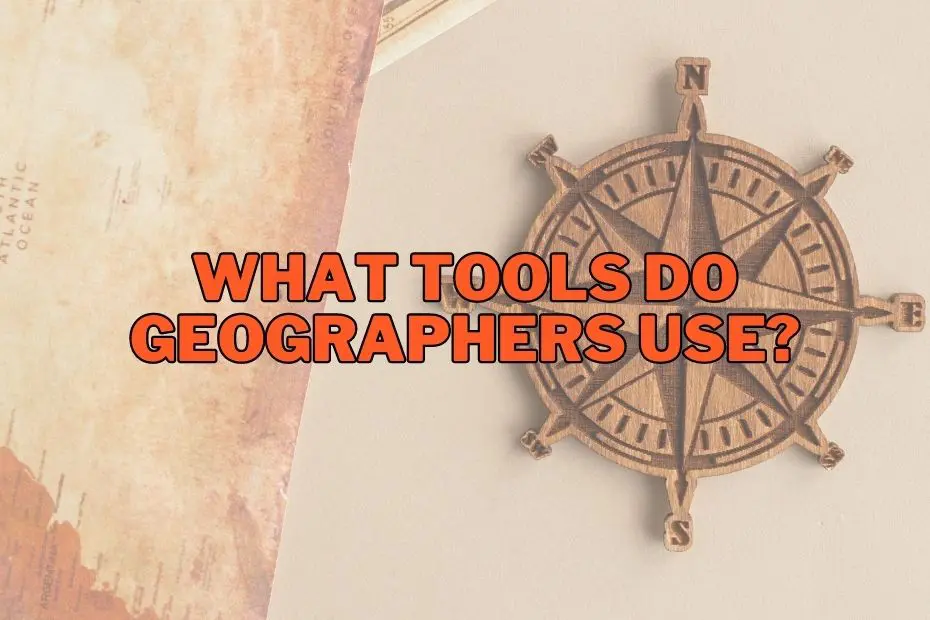Geography is a field that has been around for centuries, and it has always relied on technology to help us understand the world around us. From early maps to modern GPS systems, geography has come a long way in terms of tools and techniques. Today, we have access to an array of digital tools that are designed to make geographic exploration easier than ever before.
In this article, we will explore some of the most important tools of geography and how they can be used to gain a better understanding of our planet.
Mapping Software
One of the most important tools in geography is mapping software. This type of software allows users to create detailed maps that can be used for a variety of purposes. Mapping software can be used to create maps for navigation, urban planning, environmental analysis, and much more.
There are many different types of mapping software available today, including desktop applications like ArcGIS and online platforms like Google Maps. These tools allow users to create custom maps based on their specific needs, using a wide range of data sources and analysis tools.
Satellite Imagery
Another important tool for geography is satellite imagery. Satellites orbiting the Earth capture high-resolution images that can be used for a variety of purposes, including environmental monitoring, urban planning, and military surveillance.
Satellite imagery is particularly useful for studying changes over time, such as the effects of climate change or deforestation. By analyzing satellite images taken at different times, researchers can track changes in land use patterns and identify areas where conservation efforts may be needed.
Global Positioning System (GPS)
The Global Positioning System (GPS) is a network of satellites that provides precise location information anywhere on Earth. GPS is widely used in navigation systems for cars and mobile devices, allowing users to find their way from one place to another with ease.
In addition to navigation, GPS is also used in a variety of other applications, including surveying, mapping, and tracking wildlife. By using GPS to track the movements of animals, researchers can gain a better understanding of their behavior and migration patterns.
Geographic Information Systems (GIS)
Geographic Information Systems (GIS) are digital tools that allow users to analyze and manipulate geographic data. GIS software can be used to create maps, analyze spatial relationships between different features, and identify patterns in geographic data.
GIS is widely used in fields like urban planning, natural resource management, and public health. By analyzing geographic data using GIS software, researchers can identify areas where resources are needed or where specific interventions may be necessary.
Remote Sensing
Remote sensing is a technique for gathering information about the Earth’s surface from a distance. This can be done using sensors mounted on aircraft or satellites, which capture images or other data about the Earth’s surface.
Remote sensing is particularly useful for studying areas that are difficult to access on foot, such as remote forests or mountain ranges. By using remote sensing techniques, researchers can gather information about these areas without having to physically visit them.
Conclusion
The tools of geography have come a long way since the days of early maps and compasses. Today, we have access to an array of digital tools that make it easier than ever to explore and understand our planet. From mapping software to satellite imagery to GPS, these tools allow us to gather precise information about the world around us and use it to make informed decisions about how we interact with our environment.
If you’re interested in exploring the world through geography, there has never been a better time to start. With so many powerful tools at your disposal, you’re sure to find something that piques your interest and helps you gain a deeper understanding of our planet.
References:
1. Geographic Information Systems: An Introduction – https://www.esri.com/en-us/what-is-gis/overview
2. Remote Sensing – https://www.usgs.gov/faqs/what-remote-sensing-and-how-it-used




